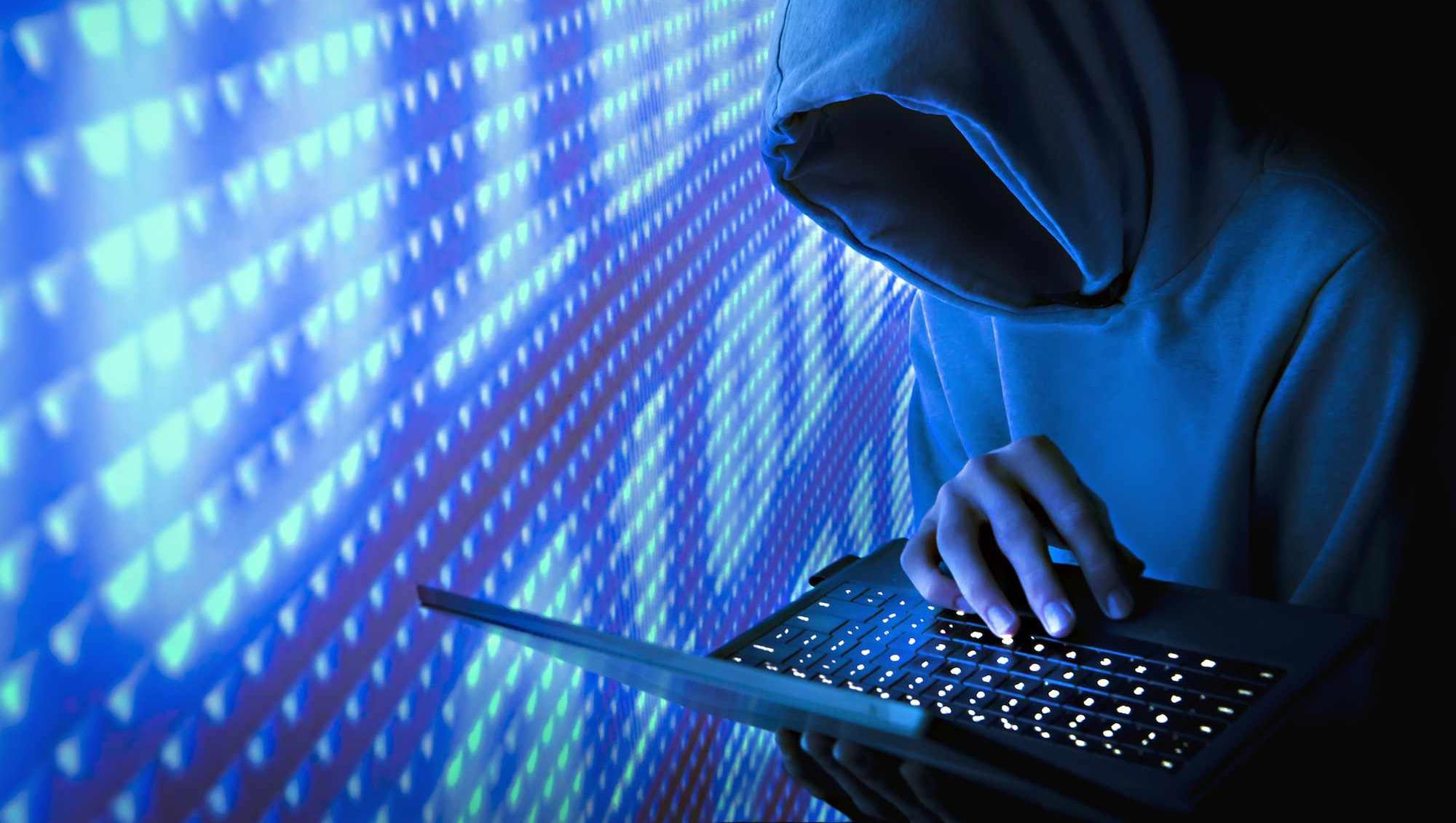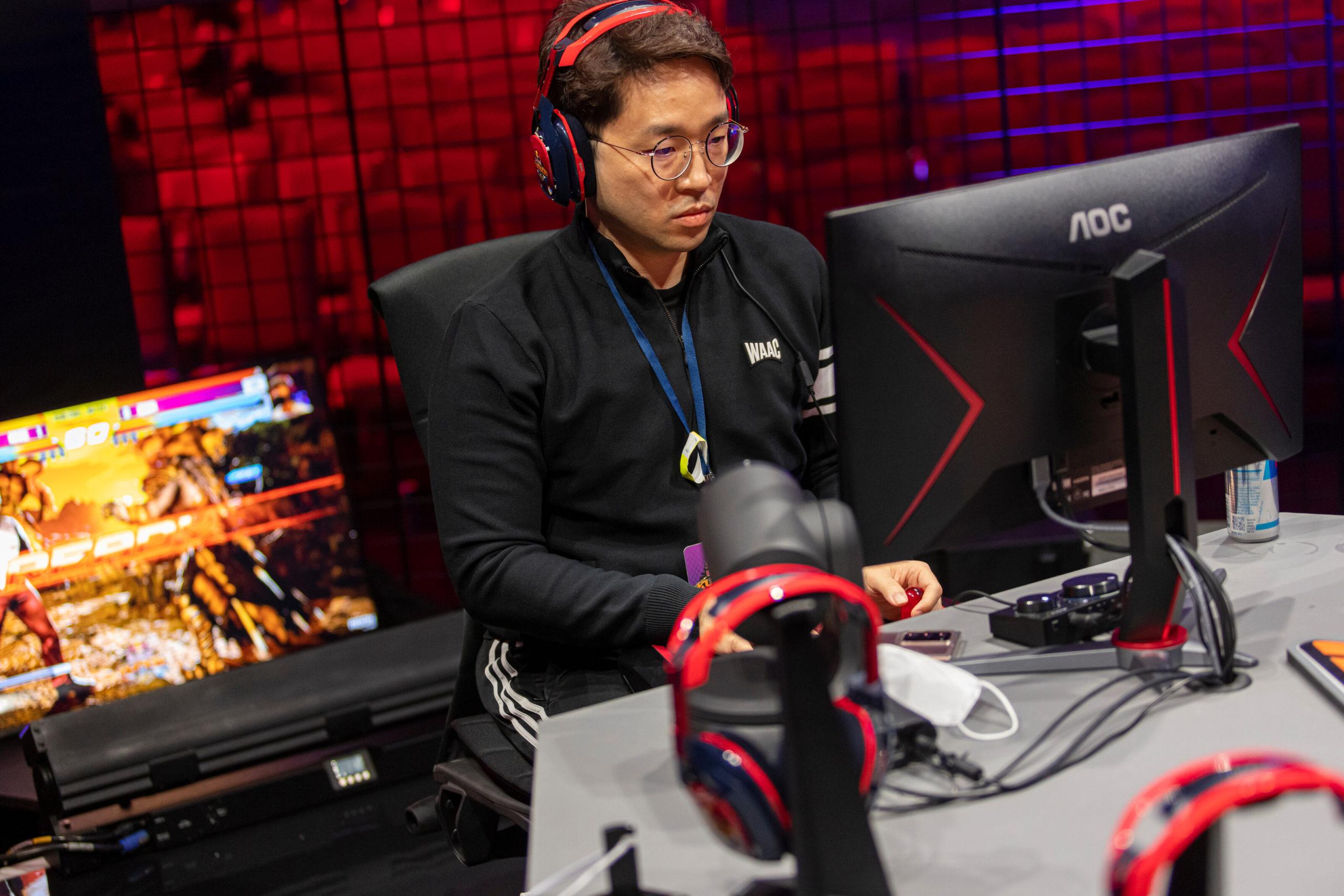
How can esports players protect themselves against security risks?
The global esports industry will exceed $1 billion in value this year. While it still has to do some catching up to match traditional sports leagues like the NFL or NBA, the growth is staggering. In 2015, the number of people worldwide who were aware of esports was 809 million. That number is now nearly 1.6 billion.
Unfortunately, this popularity also comes with increased security risks for both players and fans. Whether you love Dota 2, Fortnite, League of Legends, or any other popular competitive game, you need to be aware of these three dangers and how to avoid them, as well as potential ways to protect yourself from these dangers.
1. Extortion
Extortion and online gaming have gone hand in hand since the dawn of the internet. With the growing worldwide popularity of esports, these risks are further magnified.
Extortion happens in a wide variety of ways in the esports world. Criminals sometimes find out players’ personal details including their physical address or social media accounts. They’ll then force the player to give them money, favors, or some other form of exchange to keep this information quiet.
Some hackers target players via spear-phishing attacks. Taking on the persona of someone the player knows, the criminals will use this to gain additional leverage.
And esports fans and players still have to contend with all the other extortion and phishing threats that every other internet user deals with daily.
2. Data Leaks
Data leaks are all too common today. One such breach happened in 2017 when hackers compromised 1.5 million player profile records from the E-Sports Entertainment Association.
There was also a Fortnite data breach that put millions of players’ credit card details at risk.
Data leaks can happen anywhere and anytime. Since so many things in the digital world are closely connected, it only takes one leak to put a person at risk.
3. DDoS Attacks
DDoS (distributed denial-of-service) attacks have grown rampant in the esports world. Through interrupting internet service, they can impact an entire tournament.
In a world where milliseconds matter most, these attacks can, and sometimes do, wreak havoc. This is why it’s important to learn to recognize the warning signs of such attacks to protect yourself.
How to avoid these risks
There’s a lot you can do to prevent any of these things from happening to you.
Even prominent names like Microsoft and Sony have suffered DDoS attacks. You can reduce your chance of being hit by one by using a VPN while playing.
VPNs are endpoint security solutions that hide your IP and encrypt your internet connection, enhancing your digital safety.
Hiding your IP can be important given that hackers can and do target IP addresses. Using a VPN is the easiest way to protect yourself from such an attack. It also helps with the first two problems, as it reduces the risk of leaks while minimizing your potential exposure to other cyber attacks.
In addition to VPNs and other essential security tools like multi-factor authentication and password managers, you also should be careful with what you share online. Hackers are clever and may need only the smallest bits of information to find your social profiles and other accounts.
You’ll never be able to entirely eliminate all of the risk, but taking a few simple precautions can go a long way towards keeping you and your accounts safe.
Recommended

GeoGuessr World Cup 2024 — Is Rainbolt competing?
As one of the most popular GeoGuessr players, will we see Rainbolt on the international stage?
...
Who is Catfeine in Poppy Playtime?
What is the story behind Catfeine?

Tekken pros argue if Tekken 8 is a good game or nah
Is Tekken 8 too aggressive for the OGs?





